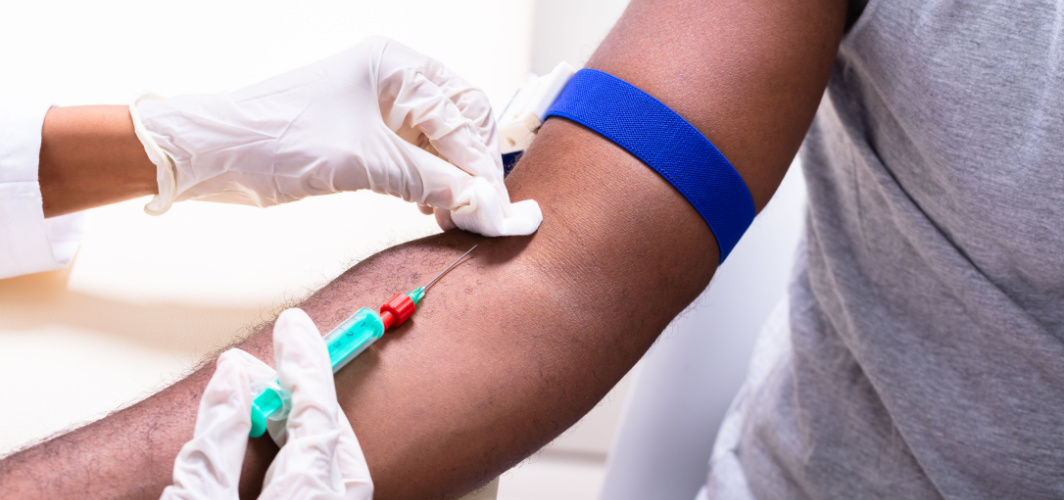Diabetes Management
Managing Diabetes in Pets: An Overview and Signs to Look Out For
2 min read
By Apollo 24|7, Published on - 09 September 2024
Share this article
0
0 like
.jpg?tr=q-80)
Diabetes is a common health concern not just in humans, but also in our furry friends - dogs and cats. Just as in humans, diabetes in pets occurs when the body fails to regulate blood sugar levels effectively due to insulin deficiency or resistance. With early detection, appropriate treatment, and lifestyle adjustments, pets with diabetes can lead productive lives. Let's delve into understanding this condition better.
Diabetes in Dogs: An Overview
Diabetes in dogs usually takes two forms: insulin-deficiency diabetes (type I), where the pancreas in the body cannot produce enough insulin and insulin-resistance diabetes (type II), In this type, the pancreas produces insulin, but the body cells become resistant to its effect. In dogs, genetics, obesity, and certain medical conditions can contribute to diabetes onset.
Signs of Diabetes in Dogs
Early indicators of diabetes include increased thirst and urination and weight loss, despite normal or increased appetite. As the disease progresses, dogs may exhibit loss of appetite, lethargy, vomiting, and a depressed attitude. If left untreated, it can lead to serious health complications like Diabetic Ketoacidosis (DKA), cataracts, kidney failure, and urinary tract infections.
Diabetes in Cats: An Overview
In cats, diabetes is mainly type II, where the body's cells fail to respond effectively to insulin. The risk factors include obesity, age, gender (males are more prone), lack of exercise, and certain breeds such as Burmese are predisposed to this condition.
Identifying Diabetes in Cats
The signs of diabetes in cats mirror those in dogs - increased thirst and urination and weight loss even with a healthy appetite. Advanced symptoms may include lethargy, poor coat condition, and a peculiar stance due to diabetic neuropathy.
Managing Diabetes in Pets
Veterinarians diagnose diabetes through clinical signs teamed with blood tests and urinalysis. The treatment usually entails insulin injections, dietary management, and regular monitoring.
Just like in humans, managing diabetes in pets requires ongoing commitment from the pet owners. Alongside veterinary care, it's crucial to maintain a healthy lifestyle for your pet - regular exercise, balanced diet, and routine health check-ups.
Diabetes Management
Consult Top Diabetologists
View AllLeave Comment
Recommended for you

Diabetes Management
The Best Diabetic Diets: Your Guide to Managing the Condition Effectively
Managing type 2 diabetes well involves adopting a balanced and nutritious diet. Incorporate a variety of fruits, vegetables, whole grains, legumes, lean proteins, and healthy fats into your meals. Monitor your carbohydrate intake and seek professional guidance for a personalised meal plan. Don't forget to consider joining the Apollo Super 6 programme for comprehensive support in managing your condition.

Diabetes Management
Top 4 Tests For Diabetes Diagnosis
Top diabetes tests: Fasting Blood Sugar Test (FBS), Hemoglobin A1c Test, Oral Glucose Tolerance Test, Random Blood Sugar Test. FBS: ≥126 mg/dL indicates diabetes. A1c: ≥6.5% suggests diabetes. Oral Glucose Tolerance Test and Random Blood Sugar Test also diagnose diabetes.
.jpg?tr=q-80)
Diabetes Management
Boosting Energy for Individuals with Diabetes: Diet, Workout, and Lifestyle Tips
Managing diabetes while maintaining energy levels requires a harmonious balance of diet, workout regimes, and lifestyle adjustments. From adopting balanced meals with low-glycaemic index foods to regular physical activity and stress management, each step contributes significantly to blood sugar control and vitality. The Apollo Super 6 programme offers comprehensive support in achieving this balance sustainably. Consider enrolling in this programme to receive holistic support,
Subscribe
Sign up for our free Health Library Daily Newsletter
Get doctor-approved health tips, news, and more.
Visual Stories

8 Fruits That are Incredibly Healthy for Diabetes
Tap to continue exploring
Recommended for you

Diabetes Management
The Best Diabetic Diets: Your Guide to Managing the Condition Effectively
Managing type 2 diabetes well involves adopting a balanced and nutritious diet. Incorporate a variety of fruits, vegetables, whole grains, legumes, lean proteins, and healthy fats into your meals. Monitor your carbohydrate intake and seek professional guidance for a personalised meal plan. Don't forget to consider joining the Apollo Super 6 programme for comprehensive support in managing your condition.

Diabetes Management
Top 4 Tests For Diabetes Diagnosis
Top diabetes tests: Fasting Blood Sugar Test (FBS), Hemoglobin A1c Test, Oral Glucose Tolerance Test, Random Blood Sugar Test. FBS: ≥126 mg/dL indicates diabetes. A1c: ≥6.5% suggests diabetes. Oral Glucose Tolerance Test and Random Blood Sugar Test also diagnose diabetes.
.jpg?tr=q-80)
Diabetes Management
Boosting Energy for Individuals with Diabetes: Diet, Workout, and Lifestyle Tips
Managing diabetes while maintaining energy levels requires a harmonious balance of diet, workout regimes, and lifestyle adjustments. From adopting balanced meals with low-glycaemic index foods to regular physical activity and stress management, each step contributes significantly to blood sugar control and vitality. The Apollo Super 6 programme offers comprehensive support in achieving this balance sustainably. Consider enrolling in this programme to receive holistic support,

